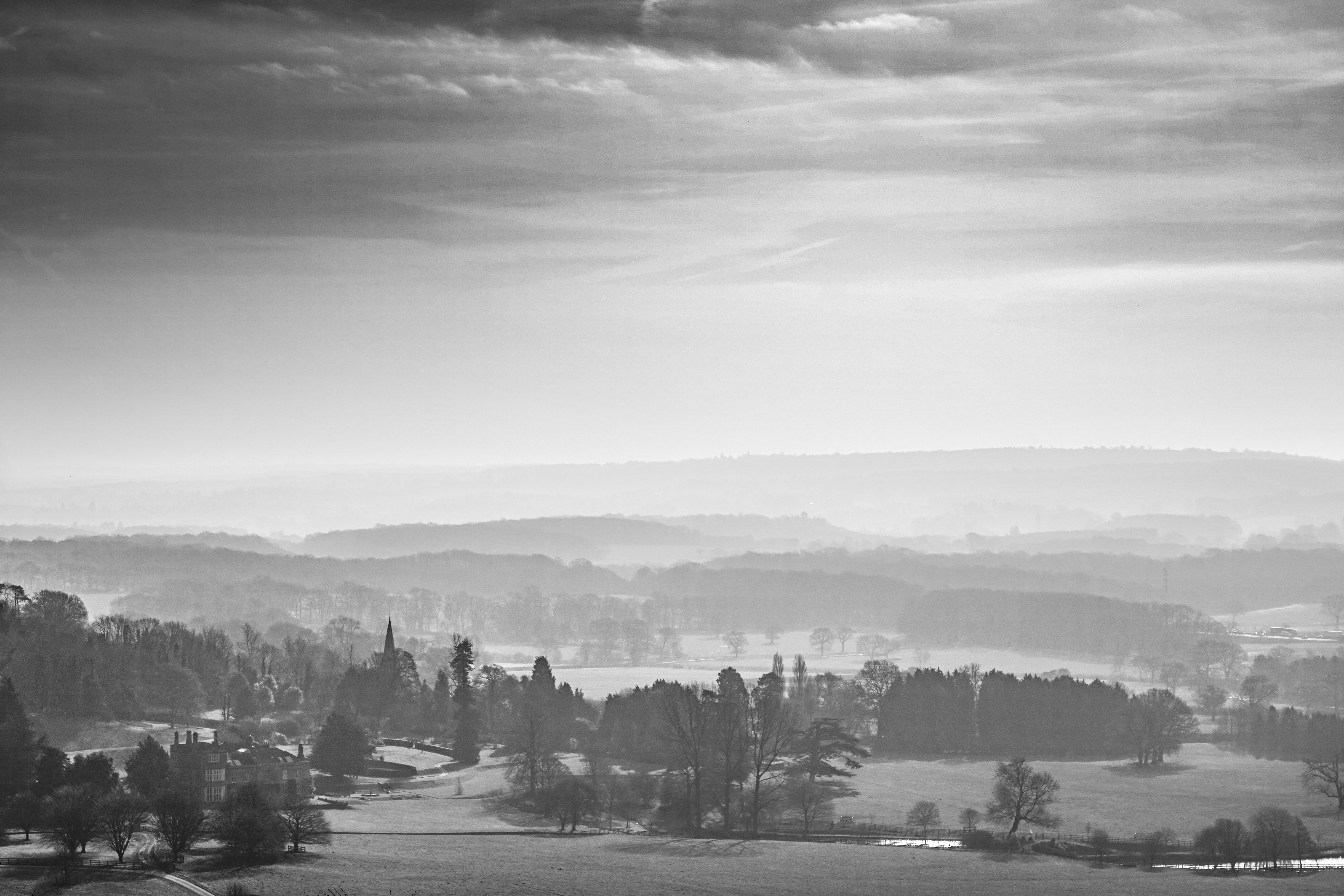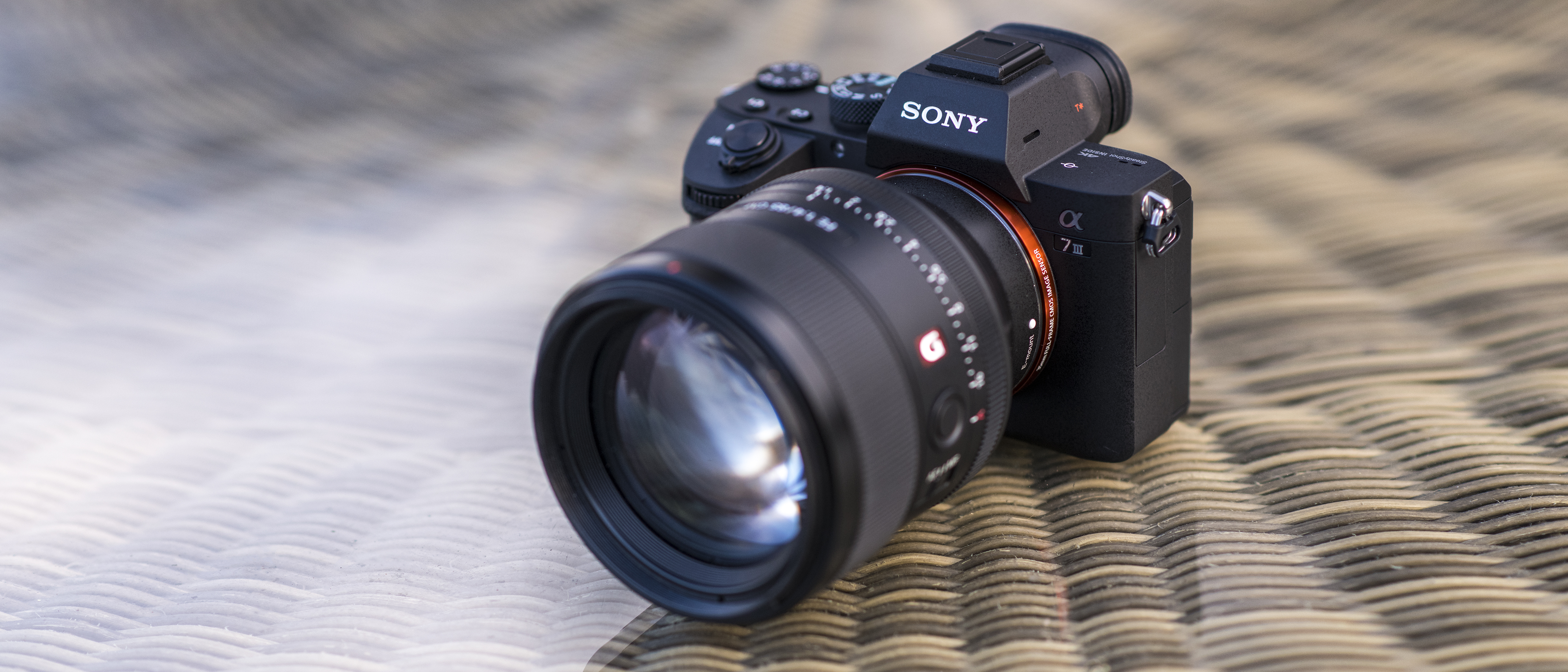Why you can trust TechRadar
Performance
- Burst shooting speed doubled over A7 II
- New silent shutter mode
- Vastly improved battery life
While the Alpha A7 II could shoot at a modest 5fps, the Sony Alpha A7 III doubles this rate to a very brisk 10fps. This is thanks in part to the addition of the Front End LSI pre-processor, which has enabled Sony to boost the performance of the Alpha A7 III in a number of areas.
The camera boasts a pretty impressive buffer capacity of 89 compressed raw files (or 40 uncompressed), while the Alpha A7 III will happily shoot at 10fps for 177 JPEGs, a huge boost over the A7 II's 52 JPEG file buffer. Suffice to say the burst shooting performance shouldn't leave a lot of photographers wanting at this price point.
Should you need to shoot discreetly or in quiet environments, you have the option to switch to the Alpha A7 III's electronic shutter and take advantage of its silent shooting mode – and performance isn't compromised, with the burst shooting speed staying at 10fps.
The battery is rated for up to 710 shots, a big improvement over the 350 shots of the Alpha A7 II
The viewfinder is large and bright, and its sharpness is also very good. If we do have one complaint, it's that you can notice a little bit of 'tearing' should you move the camera from side to side too quickly.
The rear display is very good, but as we've found with other Sony Alpha-series cameras there's still quite a bit of room for further touchscreen integration, especially in terms of menu navigation and on-screen settings adjustment.
The Alpha A7 III's 5-axis, 5-stop image stabilization system works a treat – you'll certainly be able to shoot with confidence at lower shutter speeds than would otherwise be possible and still come away with sharp shots.
Sony has come in for some stick in the past for its battery performance, but it looks like it may have turned a corner with the Alpha A7 III. The battery is rated for up to 710 shots, a big improvement over the 350 shots of the Alpha A7 II, while the new camera also has the edge over the Alpha A9's 480-shot battery life.
Image quality
- Excellent high ISO performance
- Images rich in detail
- Offers an impressive dynamic range
As we found with Sony's other 24.2MP full-frame mirrorless camera, the Alpha A9, the sensor is capable of delivering images that offer excellent levels of detail. Unless you're planning to produce large prints beyond A2, where you'll appreciate the more densely populated 42.2MP sensor in the Alpha A7R III, the Alpha A7 III does a terrific job.
While the sensor doesn't benefit from the Alpha A9's stacked design, its back-illuminated architecture helps the A7 III deliver excellent ISO performance. At base sensitivities, files appear incredibly clean and devoid of noise. Even at ISO6400 results stand up well to close inspection, with very fine luminance (grain-like) noise in evidence, but not to the detriment of the image.

Click here for the full-size image

Click here for the full-size image

Click here for the full-size image

Click here for the full-size image

Click here for the full-size image

Click here for the full-size image

Click here for the full-size image
Push above that to ISO12,800, and should you end up shooting at this sensitivity you'll still be able to walk away with very satisfactory shots. Luminance noise is a bit more pronounced, but still not that offensive, and while chroma (color) noise becomes noticeable in raw files it's pretty easy to suppress in post-processing.
The Alpha A7R III might just edge the A7 III for dynamic range, but it's not by much. The A7 III's sensor offers immense amounts of flexibility here; expose for the highlights and you can happily recover huge swathes of shadow detail in the post-processing of raw files.
Current page: Performance and image quality
Prev Page Build, handling and AF Next Page Verdict and competitionPhil Hall is an experienced writer and editor having worked on some of the largest photography magazines in the UK, and now edit the photography channel of TechRadar, the UK's biggest tech website and one of the largest in the world. He has also worked on numerous commercial projects, including working with manufacturers like Nikon and Fujifilm on bespoke printed and online camera guides, as well as writing technique blogs and copy for the John Lewis Technology guide.

